The Fiber Optic Cable Market is currently characterized by a dynamic competitive landscape, driven by increasing demand for high-speed internet and advanced telecommunications infrastructure. Key players such as Corning (US), Prysmian Group (IT), and Nexans (FR) are strategically positioned to leverage their technological expertise and extensive product portfolios. Corning (US) focuses on innovation in fiber optic technology, emphasizing the development of high-capacity cables that cater to the growing data transmission needs. Meanwhile, Prysmian Group (IT) has been actively pursuing mergers and acquisitions to enhance its market presence and expand its operational capabilities. Nexans (FR) is concentrating on regional expansion, particularly in emerging markets, to capitalize on the rising demand for fiber optic solutions. Collectively, these strategies contribute to a competitive environment that is increasingly shaped by technological advancements and strategic partnerships.
In terms of business tactics, companies are localizing manufacturing to reduce costs and optimize supply chains, which is particularly crucial in a moderately fragmented market. This approach allows firms to respond swiftly to regional demands while maintaining competitive pricing. The collective influence of key players, including Sumitomo Electric (JP) and Sterlite Technologies (IN), further solidifies the market structure, as these companies also engage in supply chain optimization and strategic collaborations to enhance their operational efficiencies.
In August 2025, Corning (US) announced a significant investment in a new manufacturing facility in Texas, aimed at increasing production capacity for its advanced fiber optic cables. This strategic move is expected to bolster Corning's ability to meet the surging demand for high-speed internet services, particularly in the southern United States. The establishment of this facility not only enhances local job creation but also positions Corning to better serve its customers with reduced lead times.
In September 2025, Prysmian Group (IT) completed the acquisition of a regional competitor, which is anticipated to strengthen its foothold in the European market. This acquisition aligns with Prysmian's strategy to consolidate its market position and expand its product offerings. By integrating the acquired company's technologies and expertise, Prysmian aims to enhance its competitive edge and drive innovation in fiber optic solutions.
In July 2025, Nexans (FR) launched a new line of environmentally sustainable fiber optic cables, reflecting its commitment to sustainability and innovation. This product line is designed to meet the growing demand for eco-friendly solutions in telecommunications. By prioritizing sustainability, Nexans not only addresses regulatory pressures but also appeals to environmentally conscious consumers, thereby enhancing its market appeal.
As of October 2025, the Fiber Optic Cable Market is witnessing trends that emphasize digitalization, sustainability, and the integration of artificial intelligence in manufacturing processes. Strategic alliances among key players are increasingly shaping the competitive landscape, fostering innovation and collaboration. Looking ahead, it appears that competitive differentiation will evolve from traditional price-based competition to a focus on technological innovation, supply chain reliability, and sustainable practices. This shift suggests that companies that prioritize these aspects may gain a significant advantage in the rapidly evolving market.


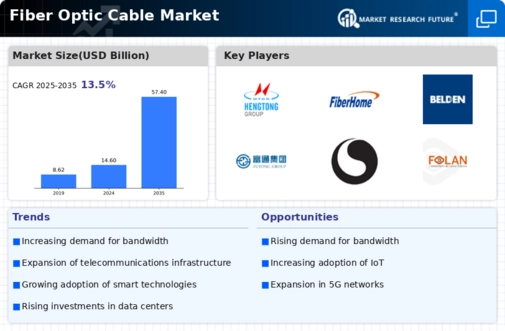
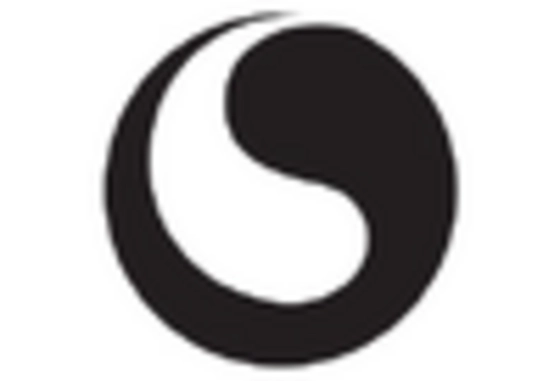
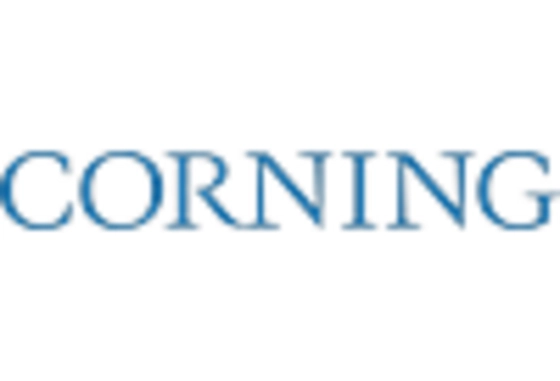
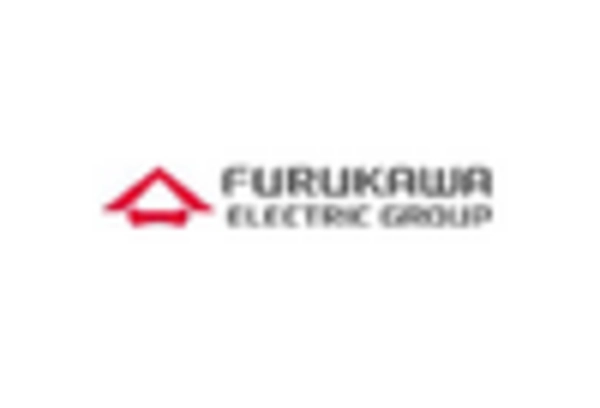

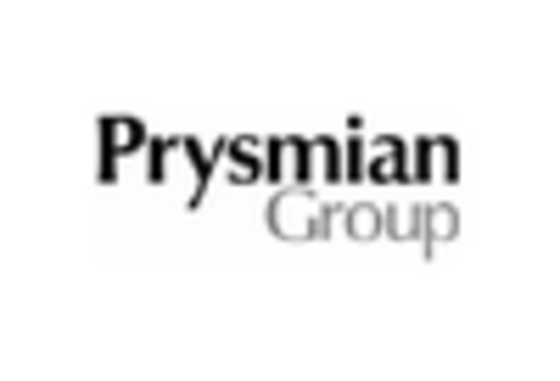
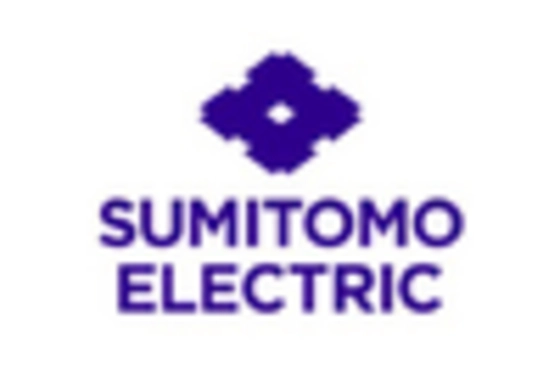








Leave a Comment